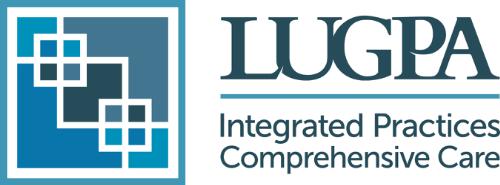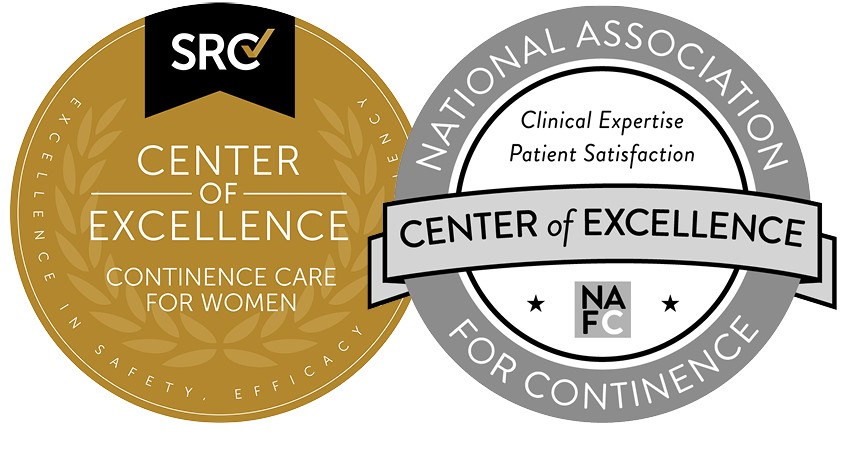LUGPA Policy Brief: Value-Based Care ModelsModified September 2023 In this model, healthcare providers are paid according to the number of services they perform, which incentivizes many providers to order more tests and procedures and manage more patients to get paid more. In many instances, this model increases costs and reduces efficiency, as in many cases, only some of the tests and procedures were medically justified. In addition, the rates for these services were unbundled, and each service was paid for separately. Since 2008, Medicare has introduced several programs that move away from fee-for-service and toward a new model, value-based care. Value-based care is an alternative form of reimbursement that focuses on improving the quality of care by tying payments to specific quality measures that demonstrate both efficiency and effectiveness. Value-based care has three primary goals: to provide better care for individuals, to improve population health management strategies, and to reduce healthcare costs. Value-based care is a data-driven system where providers must report to payers on specific metrics and demonstrate improvement. Some of the measures providers may have to track and report on are patient or hospital readmissions, adverse events, population health, patient engagement, using certified health IT, and improving preventative care. Under the new value-based models, providers are directly incentivized through the new payment system to use new methods of care to improve quality, including evidence-based medicine, increased engagement with patients, upgrades to a provider’s health IT, and increased use of data analytics; payments can increase when these improvements are implemented. To incorporate value-based care into its programs, CMS has developed several models for providers, such as the accountable care organization, bundled payments, and patient-centered medical homes. An accountable care organization (ACO) is a network of physicians, hospitals, and other providers providing coordinated patient care. CMS designed ACOs to help patients receive appropriate and timely care and to incentivize providers to work collaboratively. Participation in ACOs is voluntary for providers, and under this payment model, the group of providers shares the savings if the ACO can deliver high-quality care and reduce healthcare costs. However, these savings are not guaranteed, and a shared loss risk exists. Medicare’s ACO programs include the Medicare Shared Savings Program, Advance Payment ACO Model, or the Pioneer ACO Model. The second most common value-based model is bundled or episode-based payments, a single payment for services provided for an entire episode of care. Under this model, providers are collectively reimbursed for the expected costs to treat a specific condition; the episode of care generally includes several physicians, settings of care, and procedures. Like ACOs, a degree of risk does exist; if the providers can bring down the cost of the services below the bundled payment price, they can keep the savings. High costs can lead to a financial loss. Historical price levels determine the expected costs of treatment. The third central value-based care model is the patient-centered medical home. Under the patient-centered medical home (PCMH) model, patient care is coordinated through a primary care physician. The PCMH is designed to create a centralized care setting for patients that manage the different needs of a patient. Under this model, providers must provide team-based, patient-centered care, with providers coordinating with each other to care for the patient. The main benefit of the PCMH is the creation of strong one-on-one relationships with care providers who can provide highly specialized and customized patient care. Despite these steps away from the fee-for-service, Medicare has not moved all its programs to value-based care. When the effort to move towards value-based care began, the Department of Health & Human Services (HHS) set a goal of converting 30 percent of fee-for-service Medicare payments to value-based payment models by the end of 2016, with 50 percent of traditional payments to make the transition by 2018. Ultimately, CMS aims to have all Medicare beneficiaries and most Medicaid beneficiaries enrolled in value-based accountable care programs by 2030. So far, CMS made some decisive steps towards these goals, but a great deal of work still needs to be completed; data has shown that only 38.2 percent of healthcare dollars flowed through some value-based payment model as of 2019. LUGPA’s Work on Alternative Payment, Value-Based Models CMS has actively encouraged providers and healthcare organizations to submit new value-based care Alternative Payment Models (APM) to the agency that could introduce innovations into Medicare and improve patient care while reducing costs. LUGPA strongly supports the development of a specialty-focused value-based care model and, in 2017, was among the first to submit an APM application to the Physician-Focused Payment Model Technical Advisory Committee (PTAC), entitled “Initial Therapy of Newly Diagnosed Patients with Organ-Confined Prostate Cancer.” LUGPA’s proposed APM was an “episode-based payment that aligns incentives with clinical best practices and guidelines for physicians to recommend active surveillance (AS) in clinically appropriate patients with low-risk localized prostate cancer, allowing these patients to avoid unnecessary interventions.” The APM incentivized patient-physician shared decision-making by compensating physicians for the management time required to responsibly continue these patients on AS. Practices using this model would be eligible for a performance-based payment if they met certain quality thresholds and for enhancing performance year utilization of AS relative to a historical period. Despite comments from PTAC recognizing the appropriateness of the model, its economic benefit to the system, and its positive effects in combatting racial disparities in access to care, PTAC ultimately declined to recommend this to CMS. Since the proposal, LUGPA has voiced concerns that CMS has yet to approve many of the proposed APM brought to them by groups like LUGPA and that CMS should move to embrace more of these value-based models and allow them to be evaluated for their effectiveness. LUGPA’s Recommendations to Congress LUPGA believes independent providers can play a central role in moving healthcare toward value-based care; however, independent practices have been shut out of alternative payment models (APMs). In testimony sent to Congress in October 2022, LUGPA sent five recommendations on how Congress should address the cumulative effect of ongoing reimbursement pressure, including: 1. Reforming payment updates by:
2. Promoting the adoption of Physician-Focused Payment Models (PFPMs) by:
3. Reforming or repealing the zero-sum game in MIPS and working towards replacing it with one meaningfully rewarding quality and value. In the interim:
4. Move Medicare towards true site-neutral payments for physician-administered drugs and outpatient surgical procedures. 5. Codify the recent administrative reforms made to the Stark and Anti-Kickback laws and build on those reforms that will encourage physician practices to develop innovative integrated value-based models of care. Ultimately, these models should evolve into risk-sharing arrangements which align payments with outcomes and expenditures.
LUGPA’S ACTIONS AND RESOURCES
Policy Brief: Sustaining the Health Care Workforce and Supporting Provider Well-Being - Aug. 2023 |




